Sports enthusiasts and fitness aficionados are always on the lookout for gear that not only enhances performance but also offers style and comfort. Today, the market is filled with a myriad of sportswear brands that blend innovation with design to cater to various athletic needs. From industry giants with a rich history in sportswear to newer, cutting-edge brands pushing the boundaries of technology and sustainability, the choices are vast. To guide you in selecting the best gear for your fitness journey, we have compiled a list of top sportswear brands worth considering.
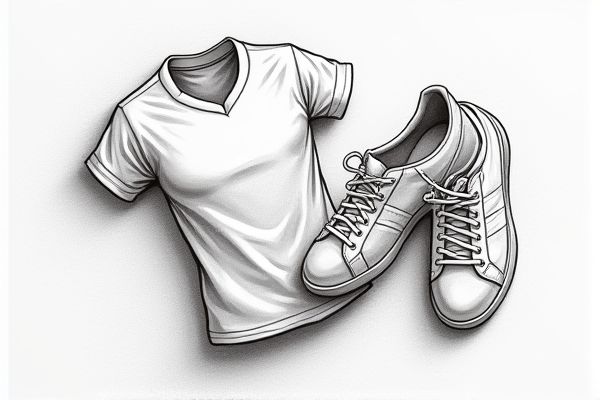
Illustration of sports wear
Best brands of sports wear in 2025
Nike
Nike is the world's largest and most valuable apparel brand, dominating the sportswear market with a significant market share. As of 2023, Nike held around 30% of the athletic footwear market and 27.22% of the apparel, footwear, and accessories industry market share. The company generated over $50 billion in revenue in recent years, with footwear being the largest segment, contributing about $33 billion in the fiscal year ending in May 2024. Nike's digital sales have also seen substantial growth, increasing by 25% in the second quarter of the 2022 fiscal year, and the company aims for 50% digital penetration. With iconic brands like Air Jordan and Converse under its umbrella, Nike continues to lead in innovation and customer engagement. For further insights, visit Nike's statistics and market analysis.
Adidas
Adidas is one of the leading producers of sportswear globally, holding an 8% share in the overall sportswear market and a 14.70% share in the sneaker market as of 2022. The company recorded its highest sales in footwear in 2022, with athletic shoes making up 55% of its net sales, followed by apparel at 39%, and accessories and gear at 7%. Adidas is Europe's largest manufacturer of sportswear and the second-biggest producer worldwide, behind Nike. In 2022, Adidas achieved worldwide net sales of $22.511 billion and produced 480 million units of sportswear. The brand continues to innovate, releasing new colorways and designs to maintain consumer interest. For more detailed statistics on Adidas, check out their official stats page.
Under Armour
Under Armour has emerged as a leading sports brand, surpassing Adidas to become the second-largest sports brand in the U.S. by combined apparel and footwear sales, with $1.2 billion in U.S. sales through August 2024. The company's apparel sales account for 14% of the U.S. market, more than twice that of Adidas, and its global net sales have exceeded $5 billion, driven by a strong focus on performance products and an active lifestyle. Under Armour's apparel segment constitutes approximately 66.5% of its worldwide revenue, while footwear accounts for about a quarter of its net sales. The brand has seen significant growth, with a 20% increase in sales this year, and it aims to become the world's biggest sports brand by targeting the women's sports apparel and footwear markets. Under Armour also emphasizes sustainability, aiming for 75% of its fabrics to be made of low-shed materials by 2030. For more details, visit Under Armour's Mission, Vision, and Values page.
Puma
Puma is a leading global sportswear brand, having achieved significant growth and market presence. In 2022, Puma reported sales of approximately EUR8.6 billion, with the EMEA region contributing around 40% of total sales. The brand holds a 2.5% share of the $372 billion sportswear market and a 15% market share in football boots in Europe. Puma's direct-to-consumer sales increased by 17.5% in 2023, adjusted for currency effects, and the company aims to make at least 90% of its shoes with recycled materials by 2025. Puma collaborates with prominent athletes and continues to innovate and expand its product lines. For more detailed insights on their sales development, visit their 2023 annual report.
Reebok
Reebok, though not as dominant as Nike, remains a significant player in the sports wear industry, commanding around 5-7% of the global athletic footwear market share as of recent statistics. Despite its current market position, Reebok has a rich history, having briefly overtaken Nike in the mid-1980s with sales of $1.82 billion in 1989. The brand continues to innovate, introducing new lines such as Reebok LTD, which combines sport and style with premium designs and collaborations. Reebok's market share, although lower than Nike's 27%, still reflects its strong presence and loyal customer base. The brand's efforts to redefine the space between sport and culture are evident in its modern and fashion-forward releases.
Lululemon
Lululemon Athletica is a leading producer of sports apparel, commanding a significant share of the global sports apparel market, estimated at around 2% of the $115 billion global market and 6%-7% of the $83 billion North American market as of 2022. The company has seen consistent growth, with global sales reaching over $9.5 billion in its 2023 fiscal year and a projected annual sales increase of roughly 15%. Lululemon's brand awareness, though lower than established brands like Nike and Adidas, stands at 25% in the U.S. and 7% in China, offering substantial growth opportunities. The company has expanded its product range beyond yoga apparel to include footwear, bags, and golf apparel, and its international expansion, particularly in China, has been robust, with 127 stores in China as of 2023. Lululemon's operating margin of about 20% is almost unmatched in the non-luxury apparel space. For more information, visit the Lululemon website.
New Balance
New Balance is a leading sportswear brand, known for its high-quality footwear and apparel, with a significant market presence globally. The company has achieved remarkable growth, reaching $6.5 billion in sales in 2023, a 23% increase from the previous year, and aims to hit $10 billion in revenue in the next few years. New Balance enjoys a high brand favorability, with 42% of U.S. adults favorable to the brand, and a notable 52% favorability among Gen Z adults. The brand's direct-to-consumer sales have also seen substantial growth, accounting for 50% of its business as of March 2024. With a strong retail presence and plans to add over 100 new stores, New Balance continues to expand its global footprint. For more insights, you can read about New Balance's plan to become a $10 billion sportswear giant.
ASICS
ASICS is a prominent athletic footwear brand, holding a global market share of 8.1% and ranking as the fourth-largest in the athletic footwear industry. The company excels in the performance running footwear segment, with a 9.9% global market share in 2019 and a notable 13.3% market share in the running shoe market as of January 2020. In Europe, ASICS estimated its market share in the run category at 25% in 2022, aiming to increase it to 29% by 2026. The brand also has a significant presence in the U.S., accounting for approximately 6.5% of the athletic footwear market share as of 2021. ASICS generated $2.73 billion in footwear net sales in 2022, with performance running shoes leading the sales. For more details about their products and achievements, visit the ASICS official website.
Columbia Sportswear
Columbia Sportswear, founded in 1938, is a leading producer of high-value outdoor apparel, footwear, accessories, and equipment, catering to various activities such as hiking, trail running, and everyday outdoor pursuits. As of Q3 2024, the company holds a market share of 2.27% in the Apparel, Footwear & Accessories industry, with net sales of $931.8 million for the third quarter, despite a 5% decrease from the previous year. Columbia Sportswear generated approximately $2.7 billion in sales from apparel, accessories, and equipment in 2023. The company is known for its innovative products like Omni-Heat Infinity and Omni-Heat Arctic, and it has a strong global presence with ongoing strength in most international markets. Columbia Sportswear's market capitalization stands at around $5.32 billion as of December 2024. For more details about their extensive range of products, visit the Columbia Sportswear brand page.
Patagonia
Patagonia is a leading producer of sportswear, renowned for its high-quality outdoor apparel and gear. With a brand awareness of 57% among outdoor fashion owners in the United States, 19% of these owners currently own Patagonia products, and 79% of its owners show loyalty by being likely to purchase again. The brand generated $47,032,329 in online sales revenue in October 2024, with a conversion rate of 2.50-3.00% and a significant online presence with 8,190,080 sessions. Patagonia's strong market position is further highlighted by its dominance in revenue and transactions compared to its competitors. The brand's commitment to environmental and social responsibility also enhances its appeal among outdoor enthusiasts. For more detailed information about Patagonia's initiatives and product offerings, visit their official website.


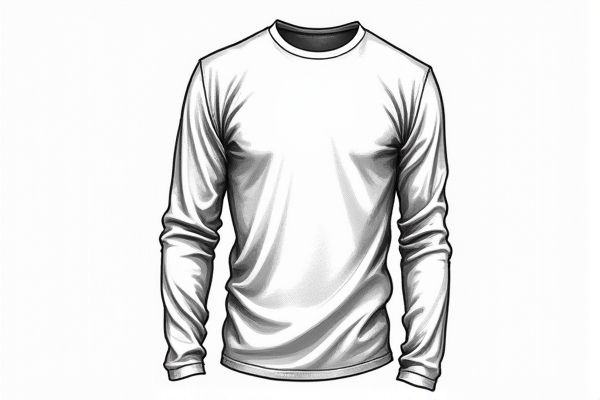

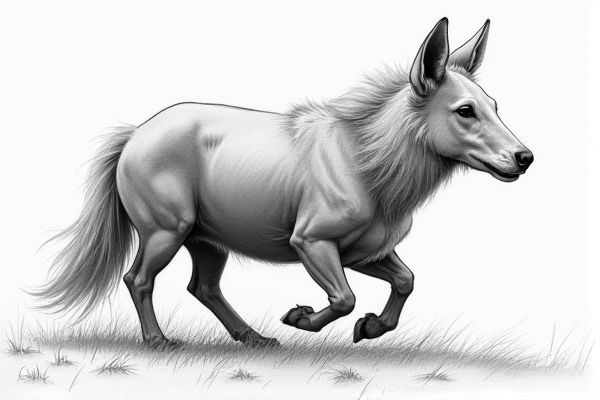





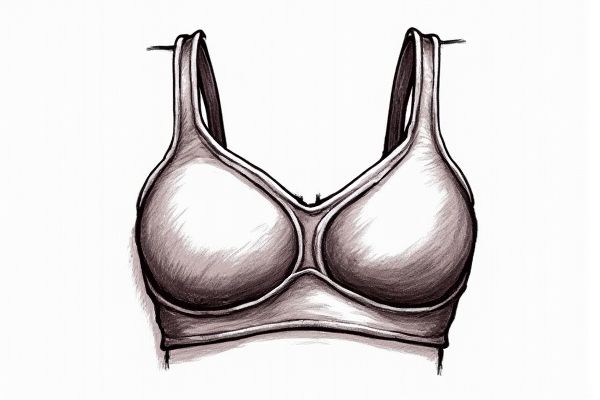
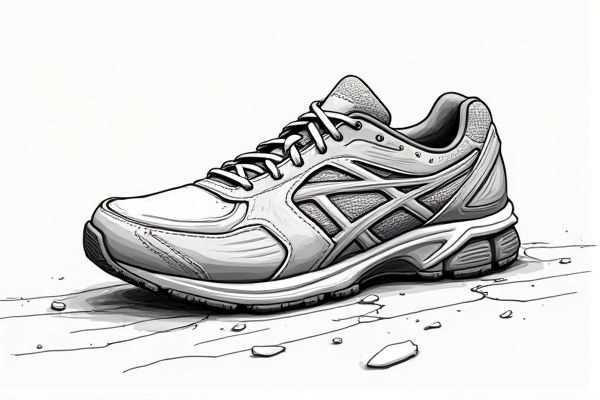
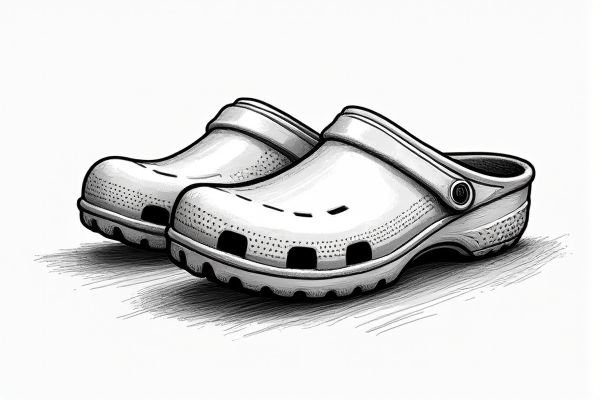
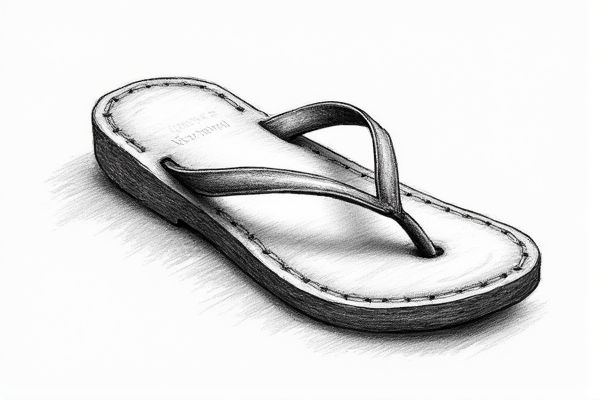
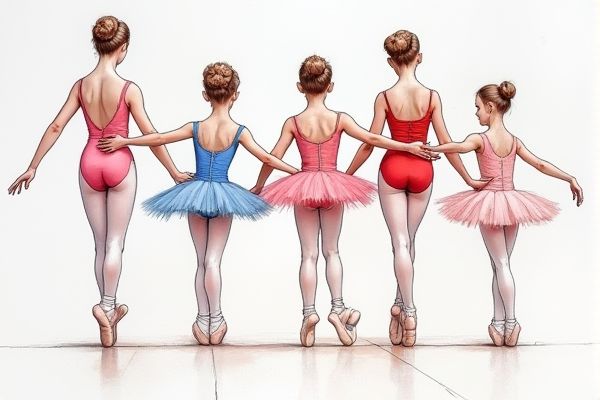
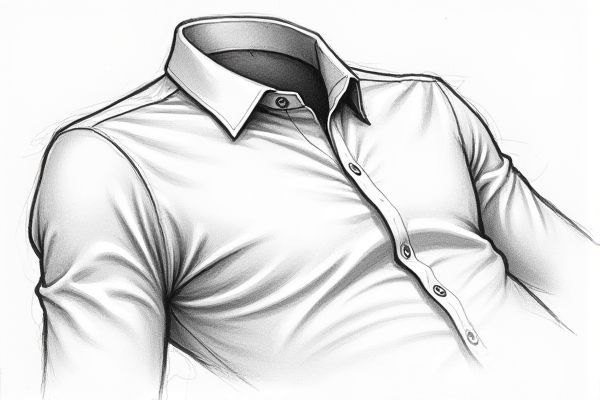
Leave a Reply
Your email address will not be published.